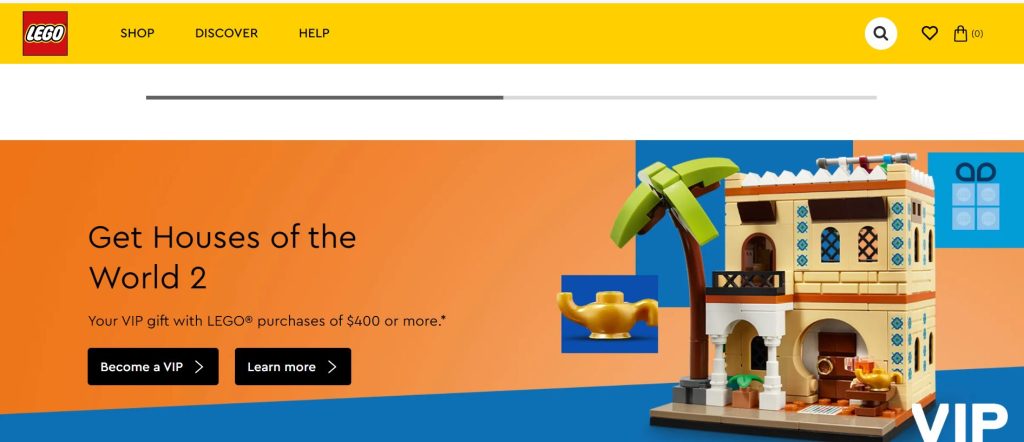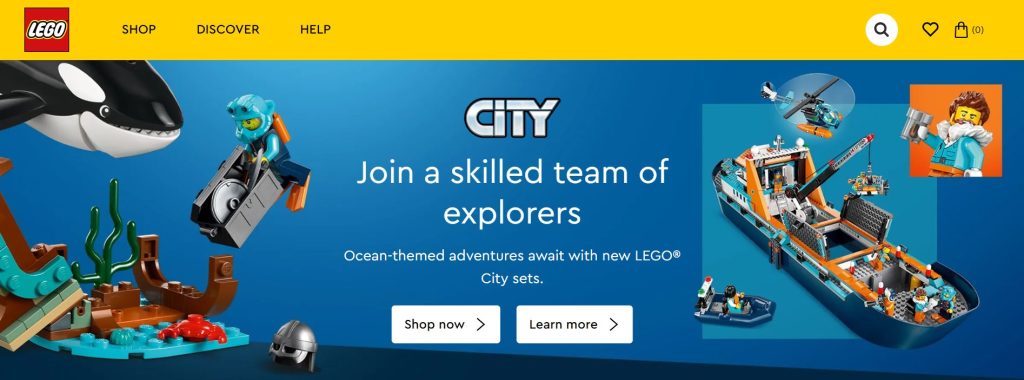Introduction to Lego
Welcome to the exciting world of Lego, where creativity and imagination know no bounds! From building towering structures to creating intricate designs, Lego has captured the hearts and minds of millions around the globe. But what makes this iconic toy so special? In this blog post, we’ll be taking a deeper look at everything that makes Lego so amazing – from its rich history and unique design process to its countless benefits for people of all ages. So buckle up and get ready to embark on a journey through the wonderful world of Lego!
The History of Lego
Lego has become a household name when it comes to toys, but not many people know about its fascinating history. The company was founded in 1932 by Ole Kirk Christiansen in Denmark. Initially, the company produced wooden toys and furniture until they shifted their focus entirely on plastic toys in 1949.
The word Lego is derived from two Danish words “leg godt,” which means play well. The first Lego building blocks were introduced in 1947 and were made of cellulose acetate – a precursor to modern-day plastics.
In 1958, the iconic interlocking system that we know today was patented, allowing Lego bricks to snap together securely without falling apart easily. It’s this innovation that turned Lego into one of the most popular toy brands worldwide.
Over time, LEGO expanded its product line beyond just simple building sets; they now have themes ranging from Star Wars to Harry Potter and even robotics with their Mindstorms kits.
Despite facing financial struggles at various points throughout its history, such as during World War II and again during economic recessions in the late ’70s and early ’90s, Lego persevered through innovation.
Today, Lego continues to be a beloved brand for children and adults alike. Its colorful building blocks are seen as tools for creativity and imagination-building across generations.

The making of Lego
The making of Lego is a fascinating process that involves precision, attention to detail, and creativity. It all starts with the design phase where designers create blueprints for each set using computer-aided design software. Once the designs are approved, manufacturing begins.
Lego bricks are made from high-quality plastic granules that are melted down and poured into molds. The molds are then cooled quickly to form solid bricks in various shapes and sizes. These bricks undergo rigorous quality control tests to ensure they meet Lego’s strict standards.
After production, each brick is carefully inspected, cleaned and sorted by machine or hand depending on its size before being packaged into sets ready for shipping all over the world.
What’s impressive about Lego’s manufacturing process is its commitment to sustainability. The company has a goal of making all of their products from sustainable materials by 2030 while also reducing waste through recycling programs.
The making of Lego requires skillful craftsmanship and an unwavering dedication to quality assurance. By continually striving for innovation while maintaining environmentally conscious practices during production processes, it’s no surprise why this beloved toy brand remains timeless in popularity even after decades since its inception!
The benefits of playing with Lego
Playing with Lego isn’t just a fun activity for kids, it also provides numerous benefits. One of the most important advantages is that it helps improve fine motor skills and hand-eye coordination. As children manipulate the small bricks to create their desired structures, they are enhancing their dexterity and precision.
Moreover, playing with Lego can help enhance creativity and imagination. The open-ended nature of these toys allows children to explore their own ideas and use them in creating something unique. This encourages problem-solving skills as well.
Lego also has social benefits in which children learn how to play collaboratively while building teamwork skills. It helps build communication skills by working together towards a common goal or project.
Playing with Lego gives children a sense of accomplishment when they finish building what they imagined from scratch on their own or through collaboration.
All these benefits make Lego an ideal toy not only for entertainment but also for development purposes.
The different types of Lego
Lego offers an endless array of possibilities for creative play. From classic building sets to licensed themes, there is a Lego set for every interest and age range. The following are just some of the different types of Lego available to fans:
Classic Lego Sets: These are the timeless sets that started it all. They come in basic colors like red, blue, green, yellow and white.
Licensed Themes: Lego has partnered with various brands such as Star Wars, Marvel Comics and DC Comics to create themed building sets featuring characters from those franchises.
Duplo: Duplo bricks are larger than traditional LEGO® bricks making them perfect for younger children who may not have fully developed fine motor skills yet.
LEGO Technic: With movable parts and advanced engineering concepts involved in their design, these sets are more suitable for older children or experienced builders looking for a challenge.
LEGO Friends: This line features mini-dolls instead of traditional minifigures alongside bright pastel colors which attract young girls into playing with Legos more often.
Whether you’re looking to build your own cityscape or recreate your favorite movie scenes, there’s a type of Lego set out there tailored perfectly to suit your needs!

Conclusion
Lego has been captivating the hearts and minds of children and adults alike for over 80 years. From its humble beginnings in a carpenter’s workshop to a global phenomenon, Lego continues to inspire creativity and imagination through games, videos, products, and more.
Playing with Lego has numerous benefits such as improving cognitive skills, enhancing problem-solving abilities, boosting confidence levels and promoting teamwork. With the wide variety of Lego sets available today ranging from classic sets to licensed themes like Star Wars or Harry Potter, there is something for everyone.
Moreover, with new digital platforms that allow players to virtually build their own creations or interact with others around the world through online communities – it’s never been easier to immerse oneself in this wonderful world of play.
Whether you are an avid collector or just starting out on your journey into the world of Lego – one thing is certain: there is no limit to what can be created using these colorful bricks!
So why not start exploring all that this amazing toy has to offer? Whether building towering skyscrapers or designing intricate spaceships – let your imagination run wild with Lego!


